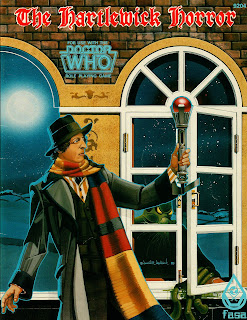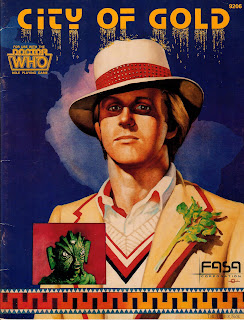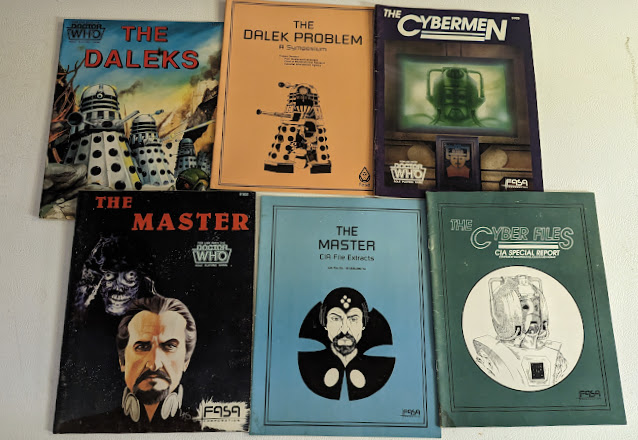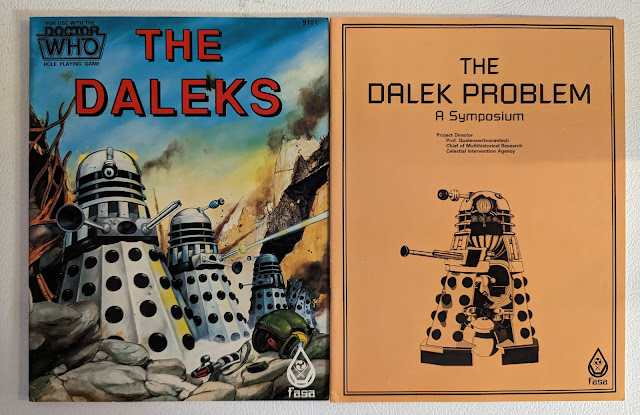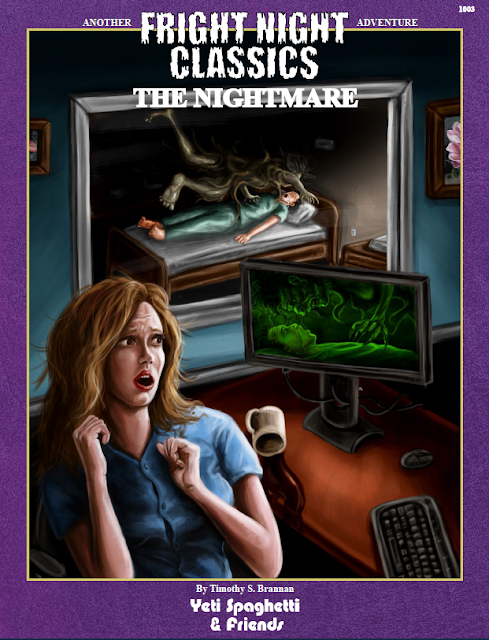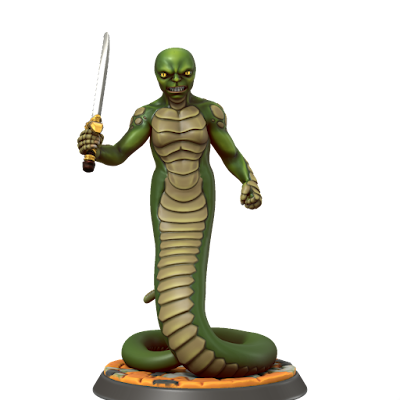
It is the year 2035. The digital age has been surpassed by the nanotechnology age and the USA is already colonising and terraforming Mars. On Earth, huge multinationals have extended their reach and power so it is also the Age of Corpocracy. Europe has regressed into totalitarianism and protectionism, Asia remains in lockdown after the Third Pandemic, South America dominates global banking via cryptocurrency investment, and there is war in Africa. As the power of the corporations has grown, the power of nation states has dwindled, leaving often unable to deal with emergent threats. This is where Icarus steps in. Sanctioned by numerous states and given freedom of movement and legal authority beyond local governments, Icarus fields highly effective agents from the diverse backgrounds. They have to be the best and they cannot fail, because some day they have to be ready to save humanity.
This is the set-up for
Critical: Foundation – Season 1, a roleplaying game which looks like a board game, is designed to introduce roleplaying to the board game playing hobby, and plays like a ‘filler’ game, intended to be played in between or before longer games. It looks like a board game because it uses a lot of cards as reference, much like
Warhammer Fantasy Roleplay, Fourth Edition—but very much without any of the complexities. As an introductory roleplaying game, it uses simple mechanics, introduces the rules and concepts in a step-by-step fashion to make learning easy, and it uses a familiar set-up. This is near-future Spy-Fi action, with a team of specialists working together to investigate mysteries and deal with threats, but Spy-Fi action as a television series—and that leads into the ‘filler’ game format.
Critical: Foundation is designed to be played in episodic fashion, the box including a total of nine episodes each with an estimated playing time of thirty minutes. Thus, a game of
Critical: Foundation is designed to be played over several sessions rather than one, and with the physical nature of its components, around the table rather than online. From a roleplaying viewpoint,
Critical: Foundation is like the equivalent of a starter set, complete with rules, four pre-generated Player Characters, dice, rules, and an adventure, all designed to introduce the setting and rules of a roleplaying game. Except that
Critical: Foundation is a complete roleplaying game designed to showcase the roleplaying experience rather than a particular game or setting.
Published by
Gigamic and available via
Hachette Games,
Critical: Foundation – Season 1 is designed to be played by between two and five players, aged fourteen or more, one of whom is the Game Master. Although there are suggestions as to how to adjust if there are fewer players, the roleplaying game really works best with a Game Master and four players. Its board game like design means that it has plenty of components. For the Game Master, there is the Game Master’s Screen, the What is a Roleplaying Game? sheet, a Synopsis Booklet for Season 1, nine Episodes, thirty-four Episode cards, eight NPC cards, ten Clue cards, eight Wound card, fifteen Status cards, plus thirty-two 32 Narrative tokens, five Clue tokens, and two six-sided dice. For the players there are four Character cards, eight Background cards, 19 Equipment cards, four Hero tokens, one eight-sided and four twelve-sided dice, a dry-erase marker, and for Name cards. The What is a Roleplaying Game? Sheet provides a brief explanation of roleplaying, whilst the Synopsis Booklet for Season 1 gives an overview of all nine episodes of the first season, some background to the setting, and the epilogue to the season. The Episode cards are used to illustrate scenes and locations within each Episode; the NPC cards detail the other members of the season’s cats the Player Characters will encounter; and the Narrative Tokens to track everything from the passage of time and escape attempts to equipment use and NPC health points. Clue tokens and Clue cards are used to reveal further information during play.
For the Game Master, the highlight of all of these components is the Game Master’s Screen. Although quite low as Game Master’s Screens go, it is very sturdy affair, with all of the rules on the inside for easy reference. It also has handy little pockets to slide NPC cards into so that the Game Master can see the details for the NPC whilst her players can the picture of the NPC on the other side.
The dice consist of a mix of six-, eight, and twelve-sided dice. The six-sided dice are black and marked with various keyed to the NPCs, and are used by the Game Master. Both the white eight- and twelve-sided dice are white and numbered differently. Both are average dice rather than being marked with the full range of numbers as standard polyhedral dice. For the twelve-sided die, this also includes a zero and an ‘×’, the latter indicating a critical failure when rolled.
The four Character cards are double-sided, male on one side, female on the other. They consist of an Analyst, Coder, Scientist, and Military. Each has a quality and a flaw, four—Dexterity, Mental, Physical, and Social, a quick description, and a quote. Each is fully illustrated. One attribute is marked in red to indicate that is a Character’s specialisation. Unlike any other roleplaying game, the attributes do not have an associated value, although they do have linked skills. So the Physical attribute covers Athletics, Combat, and Stealth, whilst Mental covers Knowledge, Investigation, and Perception. The Background cards further define the Characters, there being two per Character. For the Analyst there is Profiler and Private Detective, for the Coder, Hacker and Programmer, for the Scientist, Researcher and Forensic Physician, and for the Military, Mercenary and Special Forces. The Equipment cards include a short range of arms and armour, plus various pieces of technical gear like a Medical Drone or Holo Tablet.
Character creation in
Critical: Foundation – Season 1 is fast and easy. Each player selects a Character and chooses which side of the card he wants to use, then chooses one of the two Backgrounds for the Character, plus the associated equipment. He uses the dry-erase marker to write his Character’s name on a Name card, and that is it.
Mechanically,
Critical: Foundation – Season 1 is also fast and easy. To have his Character undertake an action, a player rolls the twelve-sided die to get a result equal to or more than a Difficulty Level. The Difficulty Level ranges from one for Easy to six or more for Impossible. The bonus from the die ranges from zero to three, and further bonuses can from a Character’s Specialism for an Attribute, if appropriate, his Background, and the Equipment he is using, for a maximum of three. A Critical Success is achieved if the roll is double the Difficulty Level, which doubles the outcome of the action, but if the ‘×’ is rolled, the attempt is a Critical Failure. This also applies if any player rolls an ‘×’ on a group check in which everyone rolls. When a Critical Failure is rolled, the group earns a Hero Token, up to a maximum of four. Hero Tokens are expended to add the eight-sided die to a roll. Some items of Equipment also allow a reroll of a check.
Combat is likewise kept simple. Initiative is handled through simple Perception checks and when a Character acts, he can do one action and use one piece of equipment. There are just four combat actions—Attack, Help, Take Cover, and Find a Weakness. NPC actions are determined by rolling the Game Master dice and referring to the card for each NPC. A Character can suffer a maximum of two wounds. Any damage after that and the Character suffers an ongoing penalty indicated by a Status Card, the most common of which is ‘Exhausted’, which leaves the Character unable to act until the next scene. Whilst Wounds can be healed, the effects of Status Cards typically need time to heal.
The Episodes are four-page leaflets and start with an episode zer0—the equivalent of a pre-credits scene—before running through to the finale in episode eight. Each includes a Set-up guide, an Episode Synopsis, and then an Introduction followed by two or three scenes and an epilogue. Throughout icons are used to indicate which sections are narrative, involve action, investigation, or roleplay, or require a dice roll by the players or the Game Master. There are also notes running alongside the scenes which give the Game Master pointers on how to portray various NPCs and describe various situations, the latter primarily drawing from action movies. Preparation requires the Game Master to study an episode and make sure that she has all of the cards and tokens ready. Some of the scenes are more complex than others, primarily the action or chase scenes, and these will require more preparation than others. So preparation can take anywhere between five minutes and twenty minutes depending upon the complexity of the scene. Set-up and take down is easy, the latter made easier because the game includes envelopes that each player can store his Character’s cards in.
As a roleplaying game,
Critical: Foundation – Season 1 is simple and straightforward and easy to grasp. For the experienced player and the experienced Game Master, it is really easy to pick up and play. The experienced player can start with the simplest of explanations and start play with almost no preparation, whilst the experienced Game Master really only needs to learn the rules, ready an episode, and then run the game directly from the really great Game Master’s Screen, it is that simple and straightforward. For the player and Game Master who have not played a roleplaying game before,
Critical: Foundation – Season 1 does its very best to present a direct and accessible roleplaying game. This shows not only in the simplicity of the mechanics, but also the easy-to-grasp televisual, action-orientated style of its story and the fantastic presentation in terms of the NPCs and the Episode cards which help the players visualise the antagonists and other members of the cast, the various locations, and clues. (Further play aids, including music and maps, are available from the publisher’s
website. More content has also been promised.)
One aspect missing from
Critical: Foundation as a roleplaying game is the scope for the Player Characters to learn and grow from their experiences. In part, that is due to the simplicity of both the Player Character design and the mechanics, but if
Critical: Foundation is viewed as something akin to the traditional starter set for a roleplaying game, this is not always an aspect covered anyway. More potentially problematic is the directed, quite tightly scripted nature of the episodes, which do not give the players and their characters a lot of freedom in what they are expected to do. For the experienced roleplayer, this can feel constraining, less so for anyone newer to the hobby, though they may find it so should they return to
Critical: Foundation after trying other roleplaying games. That said,
Critical: Foundation is designed to be the equivalent of a television action series so a certain degree of scripting is to be expected.
Critical: Foundation – Season 1 could be played as a traditional roleplaying game starter set and the episodes all in one go. However, that would be to miss the episodic nature of the design, which although runs counter to today’s prevailing practice of having all episodes of a television series released at once and everyone binging on them, leaves room for anticipation and a sense of mystery from one episode to the next. The episodic nature also means that each session is focused and never outstays its welcome. Beyond the limits of
Critical: Foundation – Season 1 core box, there is advice on using the contents again to create other episodes, though again, the more experienced Game Master will find that easier than the one that
Critical: Foundation – Season 1 is actually aimed at.
Physically,
Critical: Foundation – Season 1 is very well presented. The quality of the components are uniformly excellent, the artwork as good as any modern board game, and the writing decent too. Still, the standout piece is the Game Master’s Screen.
Although there is nothing to prevent either from enjoying playing through it,
Critical: Foundation – Season 1 is possibly a bit too light a roleplaying game for the experienced player or Game Master. The campaign and design of the game does not quite support the introduction for the players as much as the Game Master and it is likely that players new to roleplaying may need more of a hand or preparation than is given here. However, once they get started there is plenty keep them involved, but not overwhelm in terms of rules or mechanics. A more experienced Game Master will have no issue with easing her players into the play and roleplay of
Critical: Foundation – Season 1, and that is probably how starting to play will best work.
Critical: Foundation – Season 1 is clever idea, one executed to give what is actually an introductory roleplaying game not just much more of a visual appeal, but also a physical, tangible presence that the players can hold and inspect. Hopefully there will be expansions because there is plenty of story to be told and because roleplaying in the short sharp bursts of drama and action provided by
Critical: Foundation – Season 1 deserves future seasons rather than cancellation.
—oOo—

Hachette Games will be at
UK Games Expofrom Friday 2nd to Sunday 4th, 2023.









.png)


















